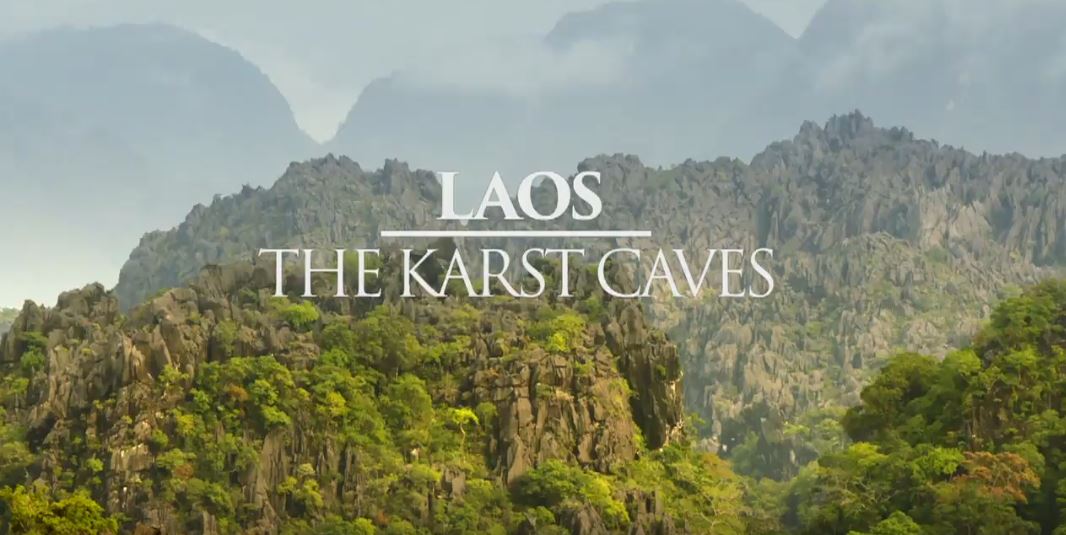
streaming video
|
Laos - The Karst Caves: Mysteries of the Mekong Series.
Copies
0 Total copies, 0 Copies are in,
0 Copies are out.
Digital Link
Language
English







